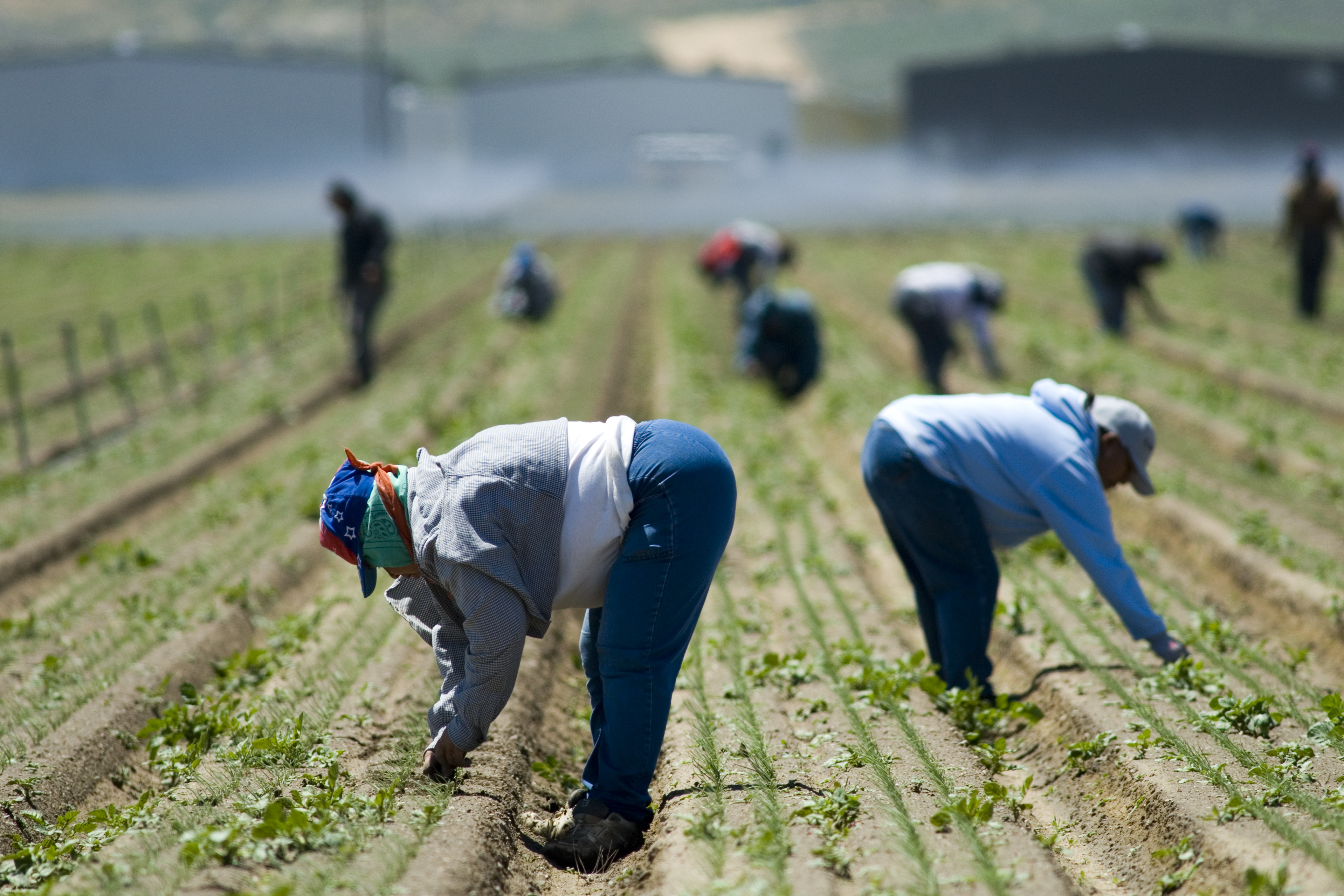The conversation around the US farm labor shortages took on a new tone this year in the wake of the Trump administration.
In 2016 at the Forbes Agtech Summit in the Salinas Valley, the conversation around farm labor was dominated by trends of an improving Mexican job market, and a rising minimum wage in California. At the same event in 2017, the major barrier to an ample field labor force discussed was fear. The minimum wage came up for sure, but growers said that fear of deportation was causing migrant workers not only to find other work, but those that had come to Salinas were less likely to move from farm to farm covering various harvests, concerned that the travel was too much of a risk.
Some farms reported being short 100 workers and media from many agricultural states reported farms leaving crops in the fields to rot due to lack of labor.
Though for several years robotics has been touted as the answer to the US’s farm labor woes, most startups in this field are still developing their technology and products aiding harvest and packing of the specialty crops grown in the American West and Southeast are still nascent. Plus even with capable tech, adoption takes time. Farmers need a policy solution but know too well that they are unlikely to get one.
The answer from policymakers to the agribusinesses everywhere has been the H-2A visa program. Enacted in 2009, the H-2A allows for temporary migrant workers to come to the US to work legally for a specific agricultural employer if they are provided with transportation, housing, and food. Many industry leaders have expressed that the H-2A program, while a start, is not sufficient to support year-round industries that don’t have punctuated bursts of labor need — industries like dairy and meat processing.
Florida leads the list of states with the most H-2A certified positions followed by North Carolina, Georgia, Washington, and California. The H-2A visas are quantified based on certified positions because the visas are granted to specific farms that then recruit workers to fill their allotted visas. The number of H-2A visas issued this year increased by 20% according to the Department of Labor, which is consistent with the year over year growth for the past four years
A replacement for the H-2A program has been proposed and passed through the judiciary committee in the House of Representatives, the first hurdle on the way to the House floor. The bill (HR 4092), entitled the Agricultural Guestworkers, creates a new visa, H-2C that caters to non-seasonal agricultural work.
The current secretary of agriculture, Sonny Perdue, passed some of the toughest immigration laws in the nation when he was governor of Georgia, and therefore was not expected to be sympathetic to calls for more migrant labor, but in an unexpected turn, Perdue said that even the proposed program won’t account for undocumented farmworkers who have become essential parts of farming operations.
“It really doesn’t address the real needs of California farmers because many of these undocumented workers have been here for years and they’ve become part of the operation, sometimes farm managers, and they don’t really have a home to go back to right now,” said the secretary at a meeting with Californian growers in November, as reported by KQED.
“I think it’s a start and we want to continue the ball in the air, moving down the field, to see if we can get a legal guestworker program for agricultural producers,” Perdue stated about Goodlatte’s bill.
Neither the H-2A nor the H-2C program presents a solution for undocumented workers who are already in the US.
Detractors say that the new bill would endanger workers by moving oversight of labor practices from the Department of Labor to the Department of Agriculture. Opponents also object to what the proposed program maintains from the existing one, in that since workers are tied to just one employer, there is a disincentive to report abuse or dangerous conditions.
The bill also controversially holds 10% of these visa holders income in a trust account, to be returned upon exit from the US at the end of their visa. Plus it relieves employers of the responsibility for housing and transportation for workers.
“The current agricultural guestworker program is unworkable for farmers, buries them in red tape and excessive costs, and must be replaced. The House Judiciary Committee today approved the AG Act to replace the broken H-2A program with a reliable, efficient, and fair program and provide American farmers access to a legal, stable supply of workers for seasonal as well as year-round work,” said Goodlatte in a statement.
American Farm Bureau Federation and National Cattlemen’s Beef Association have come out in support of the bill.
“Moving this bill forward, although it’s still a work in progress, provides the best opportunity in years for finding a comprehensive solution that includes access to the dependable year-round labor force that dairy farmers need,” the Dairy Business Milk Marketing Cooperative said in a statement.
Immigration is top of mind at least for the moment in Washington as Democrats may hold up funding the government over the issue, but at the center of their objections are dreamers, or illegal immigrants who arrived in the US as children and not migrant workers, legal or illegal. The guest worker program bill is unlikely to get a vote by all accounts.




